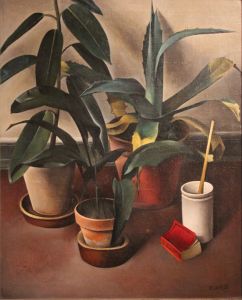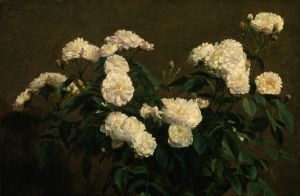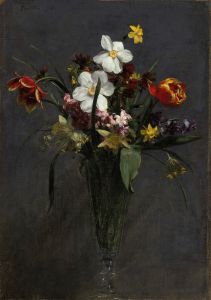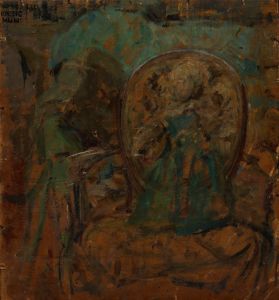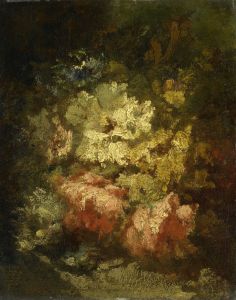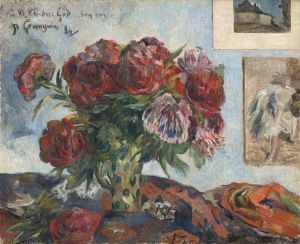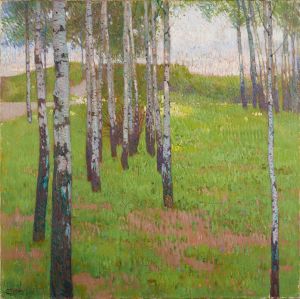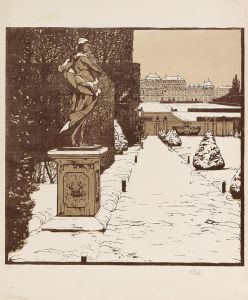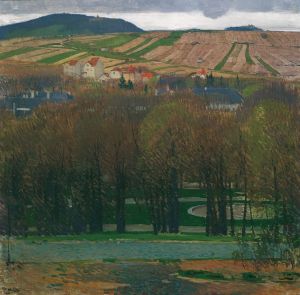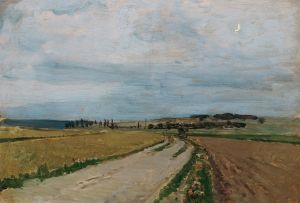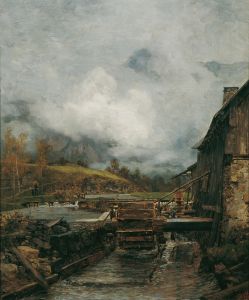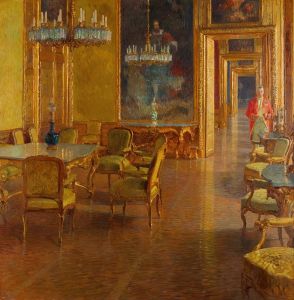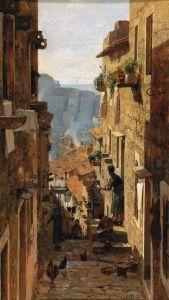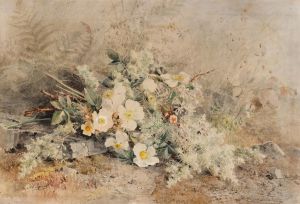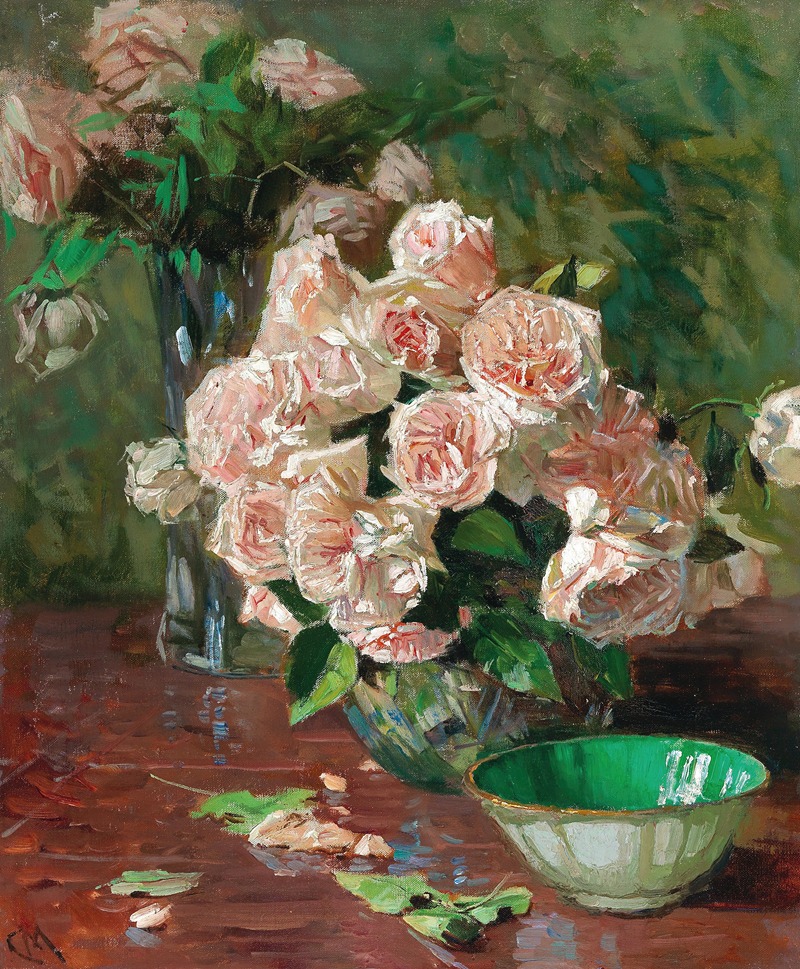
Weiße Rosen II
A hand-painted replica of Carl Moll’s masterpiece Weiße Rosen II, meticulously crafted by professional artists to capture the true essence of the original. Each piece is created with museum-quality canvas and rare mineral pigments, carefully painted by experienced artists with delicate brushstrokes and rich, layered colors to perfectly recreate the texture of the original artwork. Unlike machine-printed reproductions, this hand-painted version brings the painting to life, infused with the artist’s emotions and skill in every stroke. Whether for personal collection or home decoration, it instantly elevates the artistic atmosphere of any space.
Carl Moll's painting Weiße Rosen II (translated as White Roses II) is a work by the Austrian painter Carl Moll, who was a prominent figure in the Vienna Secession movement. Moll, born in 1861 in Vienna, Austria, was known for his landscapes, still lifes, and interior scenes, often characterized by their meticulous detail and harmonious compositions. His works frequently reflect the influence of both Impressionism and the decorative aesthetics associated with the Vienna Secession.
Weiße Rosen II is a still life painting that depicts a bouquet of white roses, arranged with careful attention to detail and balance. Moll's use of light and shadow in the painting highlights the delicate texture of the petals and the subtle variations in their white tones. The composition is both serene and refined, showcasing Moll's ability to capture the quiet beauty of everyday objects. The painting exemplifies his skill in creating a sense of intimacy and tranquility through his choice of subject matter and his precise technique.
The exact date of creation for Weiße Rosen II is not widely documented, but it is consistent with Moll's broader body of work, which often focused on floral still lifes and domestic interiors. His paintings from this period are noted for their clarity and elegance, reflecting the influence of the Secessionist ideals of combining fine art with decorative beauty.
Carl Moll was a co-founder of the Vienna Secession in 1897, alongside artists such as Gustav Klimt and Koloman Moser. The movement sought to break away from traditional academic art and promote modernist approaches. Moll's works, including Weiße Rosen II, embody the Secessionist emphasis on aesthetic harmony and innovation.
Today, Weiße Rosen II is appreciated as an example of Moll's mastery in still life painting and his contribution to early 20th-century Austrian art. The painting has been exhibited in various collections and auctions, reflecting its enduring appeal among art enthusiasts and collectors.





